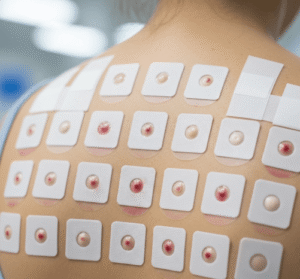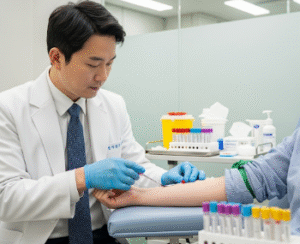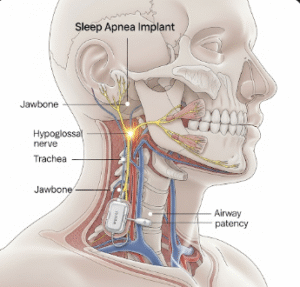Overview
Synovial hemangioma is a rare, benign vascular tumor that arises from the synovial membrane of joints, most commonly the knee. It usually affects children and young adults, presenting as joint pain, swelling, or recurrent bleeding into the joint. In Korea, advanced diagnostic imaging and minimally invasive arthroscopic surgery offer accurate diagnosis and effective treatment.
What is Synovial Hemangioma?
A synovial hemangioma is a noncancerous tumor made up of abnormal blood vessels within the synovial lining of joints, tendons, or bursae. The knee joint is the most frequently affected area, but it can also appear in the elbow, ankle, or shoulder. This condition can mimic other joint disorders like juvenile arthritis or meniscal injuries, often leading to delayed diagnosis.
Synovial hemangiomas are classified into:
- Cavernous hemangioma
- Capillary hemangioma
- Venous hemangioma
- Arteriovenous hemangioma
Symptoms
- Swelling around the joint (often painless at first)
- Joint pain (especially with movement or pressure)
- Recurrent joint effusion (fluid buildup)
- Limited range of motion
- Joint locking or instability
- Hemarthrosis (bleeding inside the joint), especially after minor trauma
Causes
The exact cause is unknown, but potential factors include:
- Congenital malformations of blood vessels in the synovium
- Repeated trauma or joint stress may trigger growth or symptoms
- No definitive genetic link has been established
Risk Factors
- Age: Mostly affects children and young adults
- Joint trauma or overuse
- History of joint inflammation or bleeding
- No clear gender preference, though some studies suggest a slight male predominance
Complications
If left untreated, synovial hemangioma can lead to:
- Chronic joint pain
- Joint degeneration or damage
- Recurrent hemarthrosis causing inflammation and cartilage loss
- Misdiagnosis leading to inappropriate treatments
- Functional impairment in the affected limb
Prevention
There are no specific preventive measures for synovial hemangioma. However:
- Early evaluation of unexplained joint swelling or bleeding is crucial
- Avoiding excessive joint trauma, especially in children with known vascular anomalies
- Timely imaging studies when persistent joint symptoms are present
Treatment Options in Korea
South Korea offers highly specialized care for rare orthopedic tumors like synovial hemangioma through state-of-the-art imaging, minimally invasive surgery, and expert joint preservation techniques.
Diagnosis:
- MRI Scan: Most reliable for detecting vascular lesions within joints
- Ultrasound: Useful for initial evaluation, especially in children
- X-ray: May show soft tissue mass or joint changes in advanced cases
- Arthroscopy: Used both for diagnosis and treatment
- Biopsy: Confirms the diagnosis histologically after removal
Treatment Approaches:
1. Arthroscopic Excision
- Preferred method for accessible lesions, especially in the knee
- Minimally invasive with faster recovery and fewer complications
2. Open Surgical Excision
- Required for large, deep, or inaccessible hemangiomas
- Allows complete removal to minimize recurrence
3. Embolization
- Used when the hemangioma is highly vascular
- Helps control bleeding before or during surgery
4. Postoperative Care
- Physical therapy to restore joint movement
- Pain and inflammation management
- Regular follow-up imaging to detect recurrence













